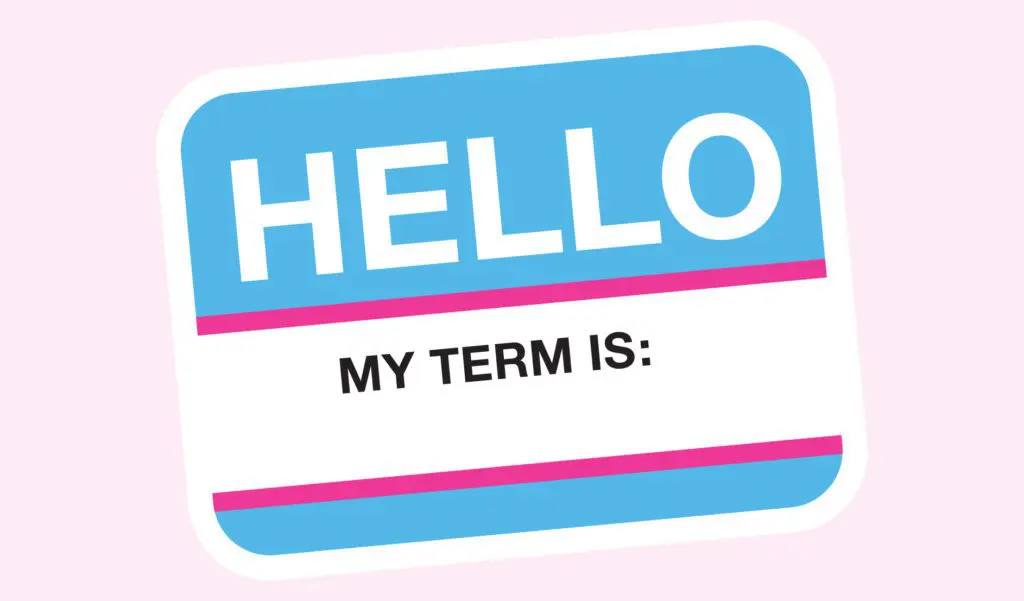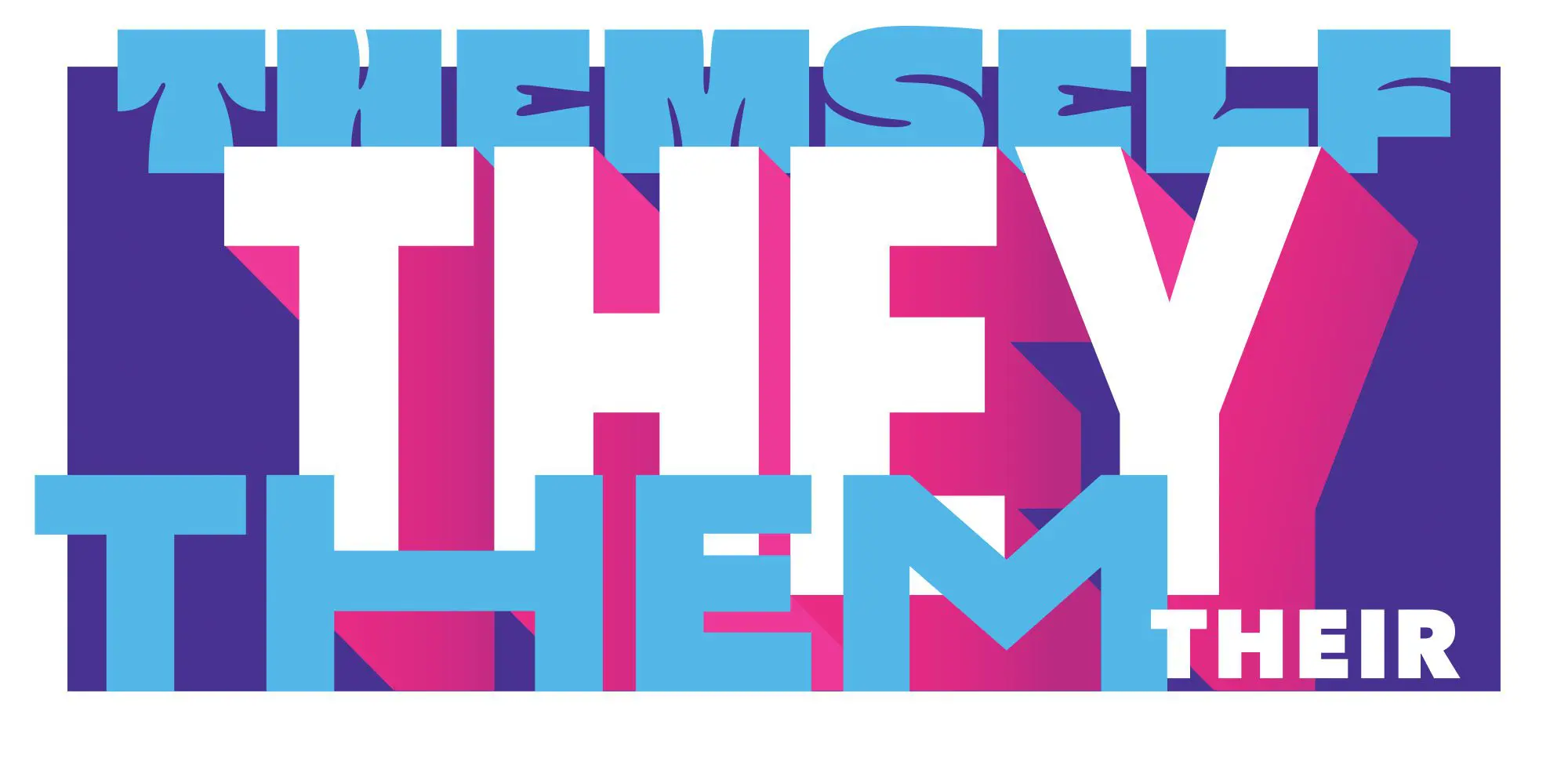In English, third person personal pronouns include he for males and she for females. But what about those who don’t identify with either gender? Enter gender-neutral pronouns.
English already has such a pronoun: the singular they. “Singular they/them has emerged as the consensus alternative for people who do not identify as male or female and require a different pronoun,” says Lee Airton, assistant professor of gender and sexuality studies in education in the Faculty of Education at Queen’s University.
But before you cry ungrammatical, let’s look to history. Singular they has been used by esteemed writers such as Chaucer, Shakespeare and Jane Austen. However, you don’t have to look that far back to warrant its use. “We have singular they in our vocabulary every day,” says Airton. “Even if you’ve never met a non-binary person, you’ve said something like, ‘When’s the pizza coming? Oh, they’re bringing it at six.’ And that means one person.”
“They/them is something people use all the time as a singular; they just don’t realize it,” agrees Shige Sakurai, author of mypronouns.org and founder of International Pronouns Day. (Incidentally, International Pronouns Day is on Oct. 20 this year.)
They/them is increasingly being used by mainstream society and institutions too. A 2019 Pew Research Center survey indicates that 18 per cent of American adults know someone who goes by a gender-neutral pronoun. In 2016, the American Dialect Society voted to make singular they the 2015 Word of the Year. More recently, the Merriam-Webster Dictionary added the pronoun’s non-binary meaning in September 2019.
The gender-neutral pronoun is gaining global ground as well. “It’s not an English-only phenomenon,” says Lex Konnelly, a PhD candidate with the departments of Linguistics and Sexual Diversity Studies at the University of Toronto. Konnelly points to hen — an alternative to the gendered hon (she) and han (he) in Swedish — which was widely recognized about 10 years ago. In French, there’s iel. “However, that introduces different issues with regard to conjugation and gendering adjectives,” says Airton.
But whether you’re using he, she or they, respect is key. Here are answers to some of the most commonly asked questions about these words and tips on using them thoughtfully.
Why are gender-neutral pronouns necessary?
“People are starting to realize that transgender and non-binary people should have human rights and dignity and respect like all people,” says Sakurai. “People want to be more inclusive, and this is becoming more of a public conversation.”
Is singular they always used as the English gender-neutral pronoun?
According to the 2021 Gender Census, 79.2 per cent of those surveyed use they/them/their/theirs/themself. But using a particular pronoun really depends on the person, says Sakurai.
Neopronouns — for example, ze/hir, fae/faer and e/em — are generally quite common, says Konnelly. “But what’s more common is using more than one set of pronouns depending on the different contexts or the different communities.” Sakurai agrees. “More and more people go by more than one set or just want to be called by their names.”
And gender-neutral pronouns aren’t used exclusively by the non-binary community. “More and more people who are not trans also want to be called by their names or to go by they/them pronouns,” says Sakurai. “We don’t always want to be known in a way that seems gendered … even if we strongly identify as a woman or a man and are cisgender.”
Where will I encounter gender-neutral pronouns?
While you’ll hear these pronouns in conversation — introductions in a group, for example, or chatting with friends and colleagues — they’re also occurring in written contexts. Many people put their pronouns on their Twitter, Facebook, Instagram and LinkedIn profiles, as well as on their display names in Zoom, says Sakurai.
In addition, some publications are starting to include pronouns with bylines or in staff directories or website bios, Sakurai adds. “However, I’ve seen little [of this] in mainstream media contexts.”
How do I find out which pronoun(s) a person uses?
Sakurai says a good place to start is by knowing how to respect other people’s pronouns first, then sharing your own. Sharing your pronouns should be part of your “general practice — not just with those in the trans community,” says Konnelly. “It shows others that you’re attentive to gender diversity and gender expression. Introduce yourself, then offer your pronouns. For example, ‘I’m Jane and I go by she/her/hers.’”
What if I make a mistake?
Remember, nobody’s perfect. “It’s not the end of the world when you’ve misgendered somebody,” says Konnelly. “There are two ways to get the pronoun right: Get it right the first time or make the mistake. And if you make a mistake, apologize [and correct it], then move on.” You don’t have to over apologize for your mistake or draw attention to it. Turning your mistake into a big deal is not helpful — you just need to fix it.
“Respecting people’s pronouns shows others that you’re attentive to gender diversity and gender expression.” – Lex Konnelly

Cisgender
A person’s gender and identity match the sex they were assigned at birth.
Gender fluid
A term for a person who does not identify with a set (i.e., fixed) gender; that person’s gender may change over time.
Non-binary
A term that encompasses gender identities that are neither male nor female.
Neopronouns
An alternative set of gender-neutral pronouns, such as ze/hir and e/em.
To learn more, go to the519.org/education-training/glossary.











